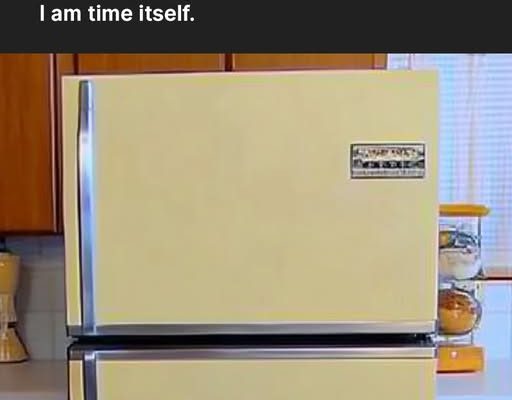The Survivors of Time: A Story of Old vs. New Technology
The first time Daniel ever tinkered with an appliance, he was just a kid in his grandfather’s dusty old workshop. The air smelled of oil and aged wood, and the shelves were lined with tools that had seen decades of work. Nestled among them were old radios, typewriters, and kitchen appliances—relics of a time when things were built to last.
His grandfather, Arthur, was a retired engineer who had a deep distrust of modern technology. “These new gadgets might be smart, but they don’t have the heart,” he would often say, patting his 50-year-old toaster that still worked like new. “Everything today is designed to break. Back then, we built things to survive.”
Years passed, and Daniel grew up in a world dominated by sleek, efficient, and ever-evolving technology. Smart refrigerators, self-cleaning ovens, and voice-activated assistants filled every home, including his own. He loved technology—he even worked for a company that designed AI-powered home devices. Yet, deep inside, he missed the comforting hum of his grandfather’s old radio, the weight of a sturdy appliance that didn’t need software updates to function.
One day, while clearing out his late grandfather’s house, Daniel came across the old workbench, just as he remembered it. Among the dust-covered treasures, he found an old Emerson radio. The casing was chipped, the knobs slightly worn, but when he plugged it in, a warm, familiar static filled the room before a grainy voice cut through—a live broadcast. It still worked.
He couldn’t help but smile. “Unbelievable,” he muttered. This radio, older than his parents, still did its job while his brand-new smart speaker at home had already needed a factory reset twice that month.
Inspired, he took the radio and a few other appliances home. That night, he set them up in his garage and started restoring them. As he worked, he researched why old appliances lasted so long. The answer? Simplicity and craftsmanship. They were built with durable materials, with designs that prioritized function over fashion. In contrast, modern devices were intentionally made with short lifespans to keep consumers buying replacements.
Over the next few weeks, Daniel found himself obsessed. He scoured thrift shops and estate sales, collecting forgotten relics of the past—mixers, toasters, even an ancient rotary phone. He fixed them up and started showcasing them on a blog he titled “The Survivors of Time.”
His blog gained traction. People from all over shared stories about their grandparents’ appliances still running strong, while their modern replacements barely made it past a few years. Nostalgia swept over his audience, and soon, he had an idea.
“What if,” he thought, “there was a way to bring back that quality?”
Determined, Daniel partnered with a few like-minded engineers to launch a project aimed at designing modern appliances built with the same long-lasting philosophy as the old ones. No planned obsolescence, no software-dependent parts—just pure, functional durability. They called their brand Everlast.
At first, investors were skeptical. “People like new technology,” they argued. “Nobody wants to buy a coffee maker that lasts 30 years anymore.” But Daniel refused to believe that. He knew there were people out there, like him, who valued reliability over constant upgrades.
The first Everlast product—a simple, stainless-steel toaster with mechanical parts—sold out within weeks. The demand was real. People were tired of replacing their gadgets every few years. They wanted something they could rely on.
As Everlast grew, other companies started to take notice. Competing brands, seeing the growing frustration among consumers, began revisiting their designs. The industry started shifting, if only slightly, back to prioritizing quality.
One day, as Daniel sat in his garage—now a workspace for his booming business—he turned on his grandfather’s old radio, letting the warm hum of nostalgia wash over him. He chuckled, thinking about how Arthur had always insisted that the old ways were better.
“Guess you were right, Grandpa,” he murmured.
Technology might get smarter, but some things—true quality, real craftsmanship—were timeless.
